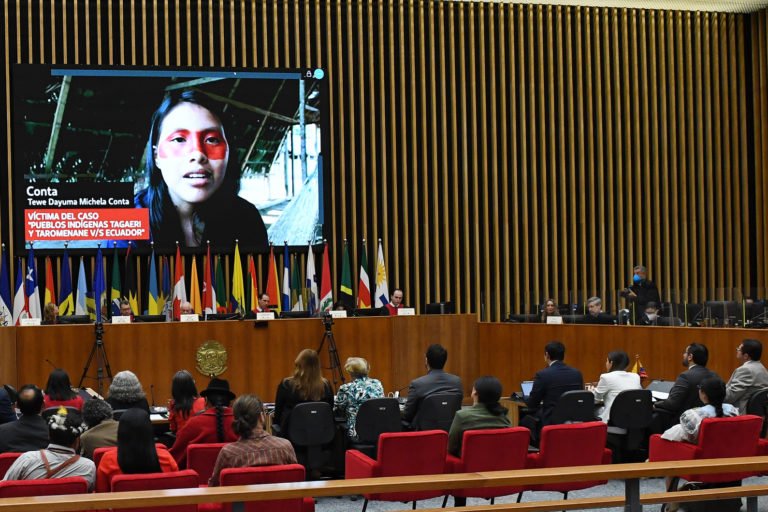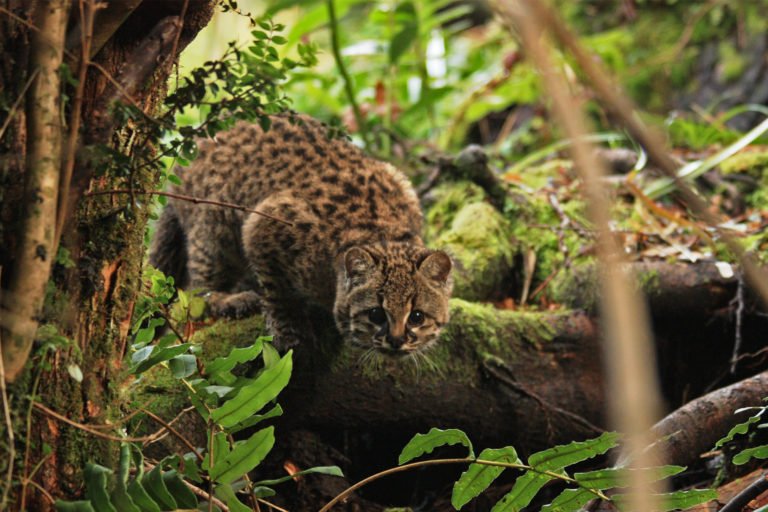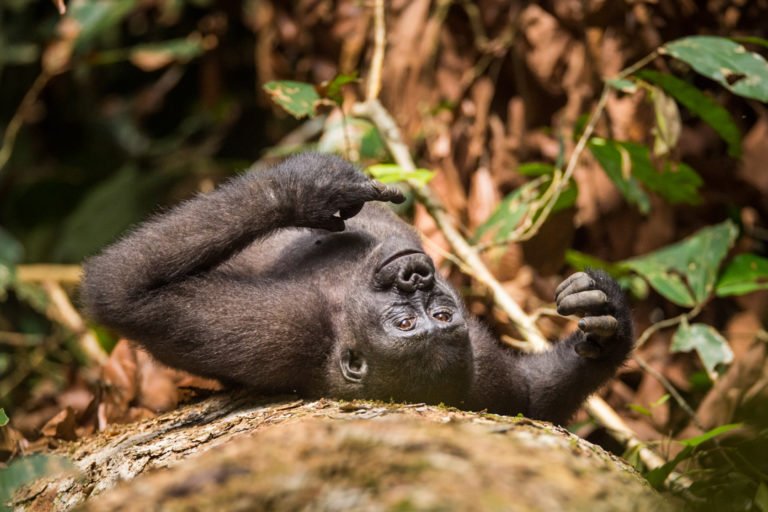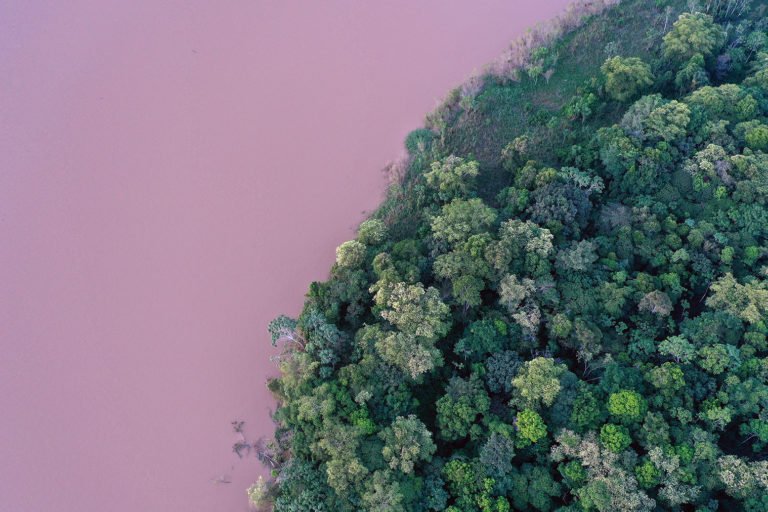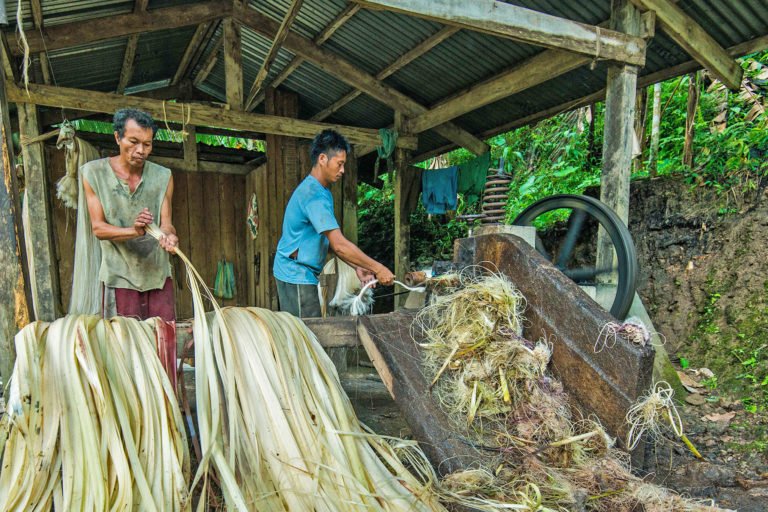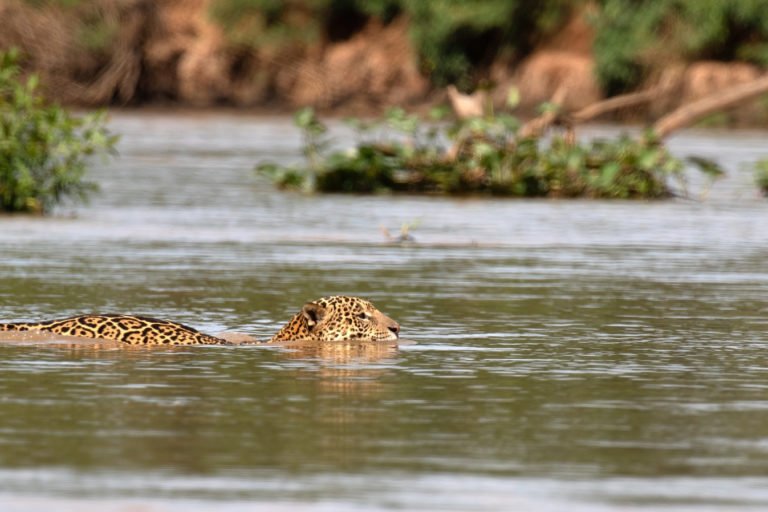- Alongside other threats such as deforestation, poaching places wild felids in the Amazon at risk.
- A long-running community-based monitoring program in Brazil’s central Amazonia region identified the number of wild felids killed, motivations for hunting and more.
- Of 71 felids, jaguars were killed the most. Wild cats were predominantly killed opportunistically in flooded forests in areas where human population is highest.
Wild felids in Brazil’s Amazon face a myriad of pressures from habitat loss and, most recently, the threat of fires. In the central Amazon region, a long-running community-based monitoring program gathered information on local hunting of endangered wild felids to shed light on the potential impact on felid populations.
Ten communities from two reserves — Mamirauá Sustainable Development Reserve and the Amanã Sustainable Development Reserve — took part in the project, which spanned an 18-year period from 2002 to 2019. The researchers published their findings in the journal Animal Conservation.
During the monitoring period, community monitors reported a total of 71 wild felids as killed. Jaguars (Panthera onca) were hunted most frequently, and 35 were killed. Fifteen ocelots (Leopardus pardalis), 11 puma (Puma concolor) and four margay (Leopardus wiedii) were hunted. Six cats identified only as Leopardus were also killed.
With the agreement of community members, researchers from the Mamirauá Institute for Sustainable Development, a social organization fostered and supervised by the Ministry of Science, Technology and Innovation, trained locals to survey hunting of felids and game in the surrounding reserve areas. Almost all the kills were described by hunters as opportunistic. Human-wildlife conflict, particularly when wild cats kill livestock, is a common motive behind wild felid killings across the Amazon. Only seven intentional killings were noted, however, in the 10 communities. Two of those were in retaliation for predation on livestock.
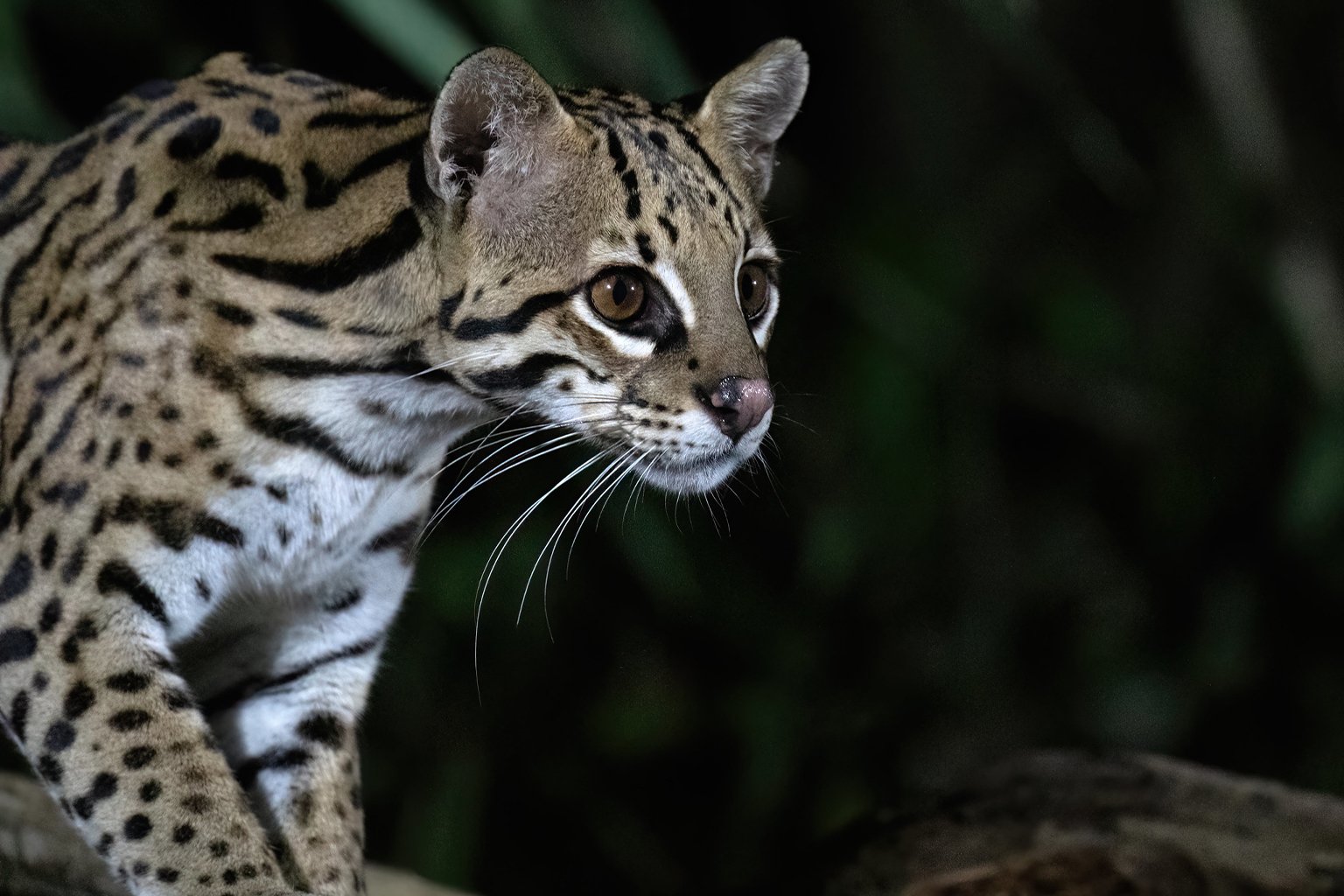
“There is this side of conflict where people kill animals in retaliation because they have lost domestic animals,” Guilherme Costa Alvarenga, a researcher with the Mamirauá Institute and a member of the project team, told Mongabay by video call. “But it’s also important to consider other aspects, such as the attitudes and perceptions that they have toward the species.”
Fear of the jaguar and other wild cats likely accounts for much of the killing. The majority of incidents occurred during hunts for game species, such as the spotted paca (Cuniculus paca), or while carrying out other activities such as fishing.
That said, Alvarenga also said there were likely more retaliatory killings than the study found, due to the methodology used. In other communities in the same region, previous research noted intentional killings of jaguars as far higher due to predation on livestock such as pigs and cattle.
The project also found that population size impacted hunting. Communities ranged from around 60 to 300 people. Larger communities tended to hunt more. Community monitors also tracked where and when the cats were killed. Most of the jaguars were killed in seasonally flooded areas — known as várzea forests — and more cats were killed during the high-water season, when hunting takes over from other activities, such as fishing. Other species — the ocelot and puma — were predominantly killed in drier forests in uplands.
“If you have a high population of humans, a high population of jaguars and the hunters can see the animals more easily during a certain period, then jaguars are more likely to be killed more often than other cat species,” said Alvarenga.
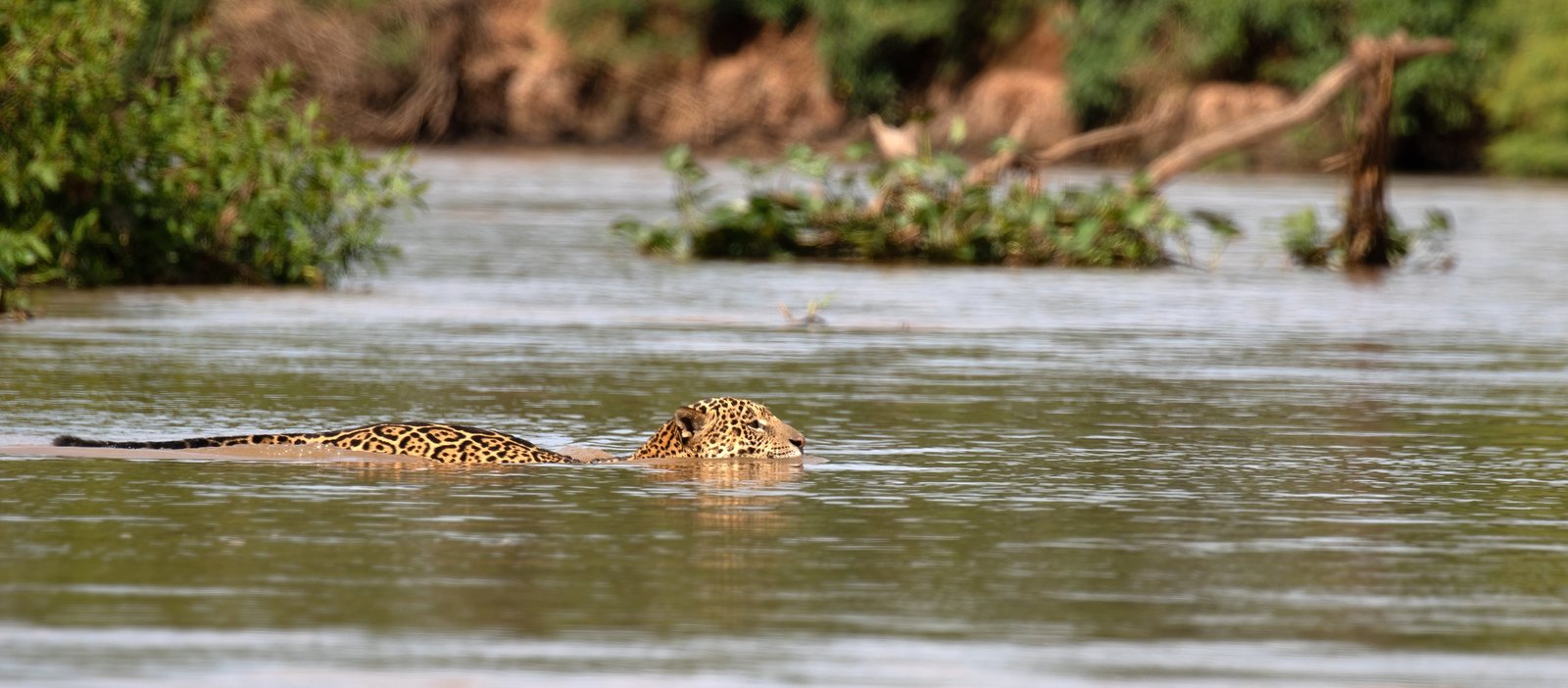
Gauging the threat
Together, the Mamirauá Sustainable Development Reserve, the Amanã Sustainable Development Reserve and Anavilhanas National Park cover a huge expanse of forest in central Amazon, making up the Central Amazon Ecological Corridor. Given the size of the area and the estimated densities of the wild cat populations, Alvarenga said he did not believe the study’s results posed a considerable threat.
“I would say that the impact in this region, considering the way communities are distributed, is minimal,” Alvarenga said.
For Juliano Bogoni, who was not involved in the project and is a researcher with the Wildlife Ecology, Management and Conservation Lab at the University of São Paulo, the impact could also depend on other factors. “[D]espite widespread distribution, the density of jaguar (and other felids) is highly variable across the Neotropics but typically lesser than 5 individual/100km2, and thus, a profile of hunting similar to the obtained in this study can be quite worrying,” he wrote in an email. “Yet, the study indicates no jaguar population decrease during 6 years in the area.”
In addition, the project also helped to identify hunting levels of small cats. The Brazilian Amazon is home to four species of small cat — the ocelot, margay, jaguarundi and oncilla. Hunting of those species, however, often flies under the radar. Of the four, only the margay dwells in the Mamirauá Sustainable Development Reserve, adapted to live in the trees during the flooded season.
Tadeu de Oliveira, a small-cat conservationist and researcher with the Instituto Pró-Carnívoros, an NGO dedicated to the conservation of neotropical carnivores, who was not involved in the project, also said he believed the results did not indicate imminent danger to the smaller species. “The good point is showing that local communities in the Amazon are not really impacting [these cats], at least not the small cats,” Oliveira told Mongabay in a video interview. “That’s the take-home message from my small cat specialist perspective. Which means that the Amazon could still be a safe haven for some of them.”
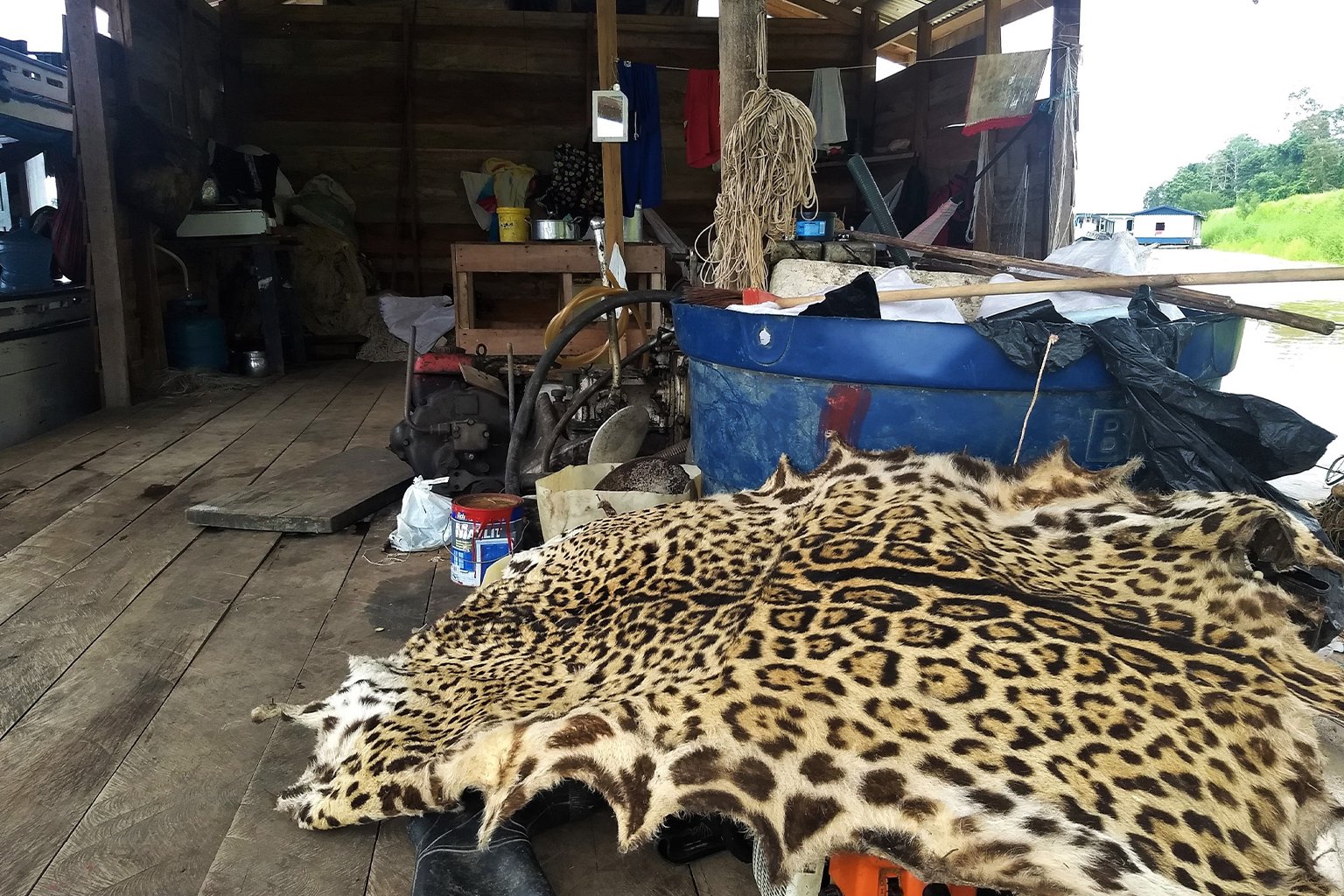
Those 10 communities represent only a fraction of the population of the central Amazon region, however. “Since we only have a sample from the area [from the ten communities monitored], we know we have fewer records than what really occurs in the area,” Alvarenga said, underlining that the conclusions should not be extrapolated across other communities. Given their different characteristics, some communities may fish more than hunt, for example.
Despite that, he said he believed the data gathered was invaluable to understanding hunting dynamics in those communities.
“There is a buffer area around the communities where people do hunt and which they have access to, which probably act as a sink,” Alvarenga said. In such intensively hunted areas within the vicinity of communities, there was likely an impact on populations of wild cats and game species. “It’s important to keep an eye on the situation, to keep monitoring how the hunting is going, if the number of people in these communities is increasing drastically, and, if possible, also monitor the populations of these species, in parallel.”
Understanding hunting levels in that way was not possible, Bogoni added, without the involvement of communities. “Hunting is an ‘under forest canopy’ cryptic activity. Therefore, working with communities can depict better the [local] scenario, and thus, achieve better actions for conservation planning,” he said.
With this wealth of information gathered from these communities, the findings contributed to the development of the two Sustainable Development Reserves’ Management Plans, which include regulations on hunting endangered species, such as the jaguar, and animals crossing waterways.
Though there were likely gaps in the information gathered, Alvarenga underlined that the model developed during the project, built on trust with community members, was essential to highlighting hunting patterns and enabled light to be shed on potential priority areas for conservation action, such as the várzea forests.
“If you have the communities close to you, if they trust you, and you do the work in partnership, you will get the best data possible,” he said. “[M]aybe it’s important to have higher monitoring or run more intensive educational programs in these communities.”

Citations:
Valsecchi, J., Monteiro, M. C., Alvarenga, G. C., Lemos, L. P., & Ramalho, E. E. (2022). Community-based monitoring of wild felid hunting in Central Amazonia. Animal Conservation. Retrieved from https://zslpublications.onlinelibrary.wiley.com/doi/pdf/10.1111/acv.12811
Ramalho, E. E. (2012). Jaguar (Panthera onca) population dynamics, feeding ecology, human induced mortality, and conservation in the várzea floodplain forests of Amazonia (Doctoral dissertation). Retrieved from https://ufdcimages.uflib.ufl.edu/UF/E0/04/44/53/00001/RAMALHO_E.pdf
FEEDBACK: Use this form to send a message to the author of this post. If you want to post a public comment, you can do that at the bottom of the page.
Related reading:
Wild cats threatened by ‘underrecognized’ risk of spillover disease


